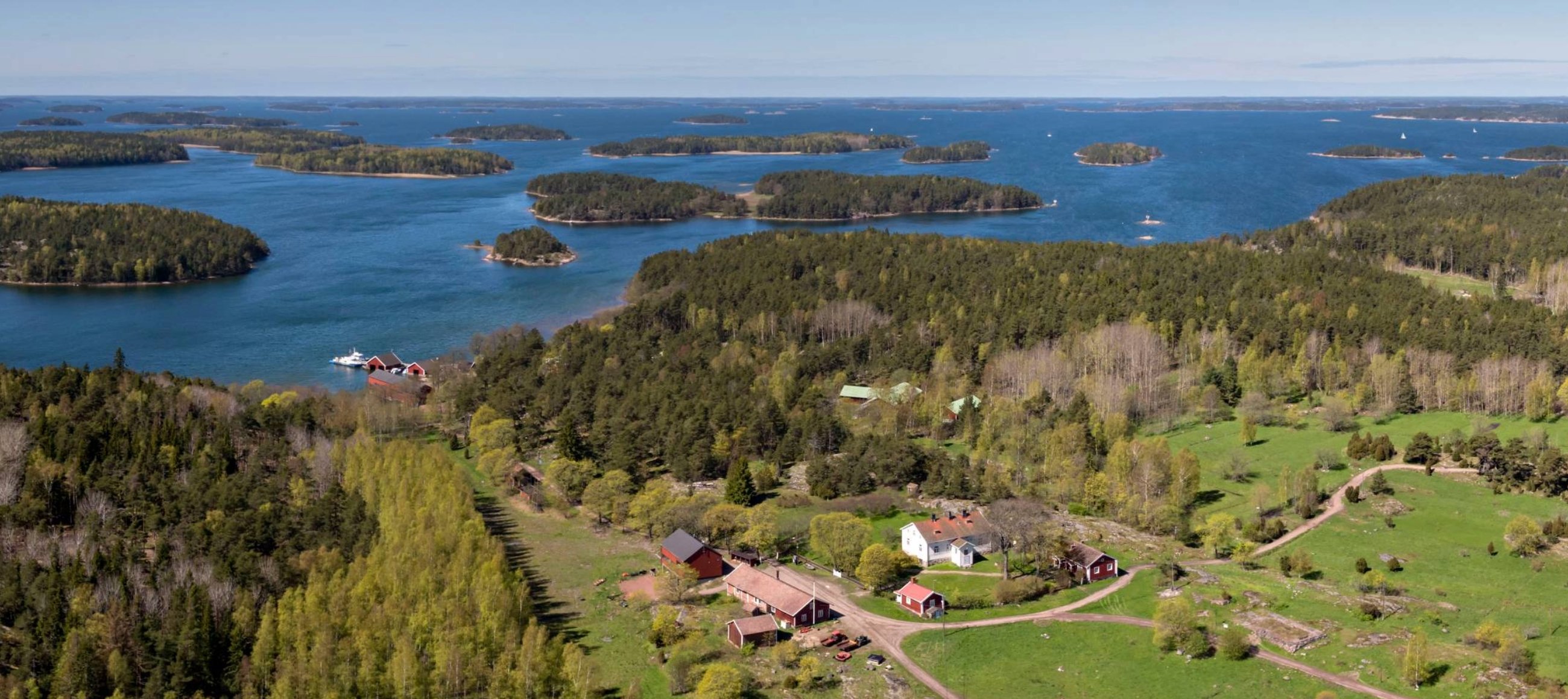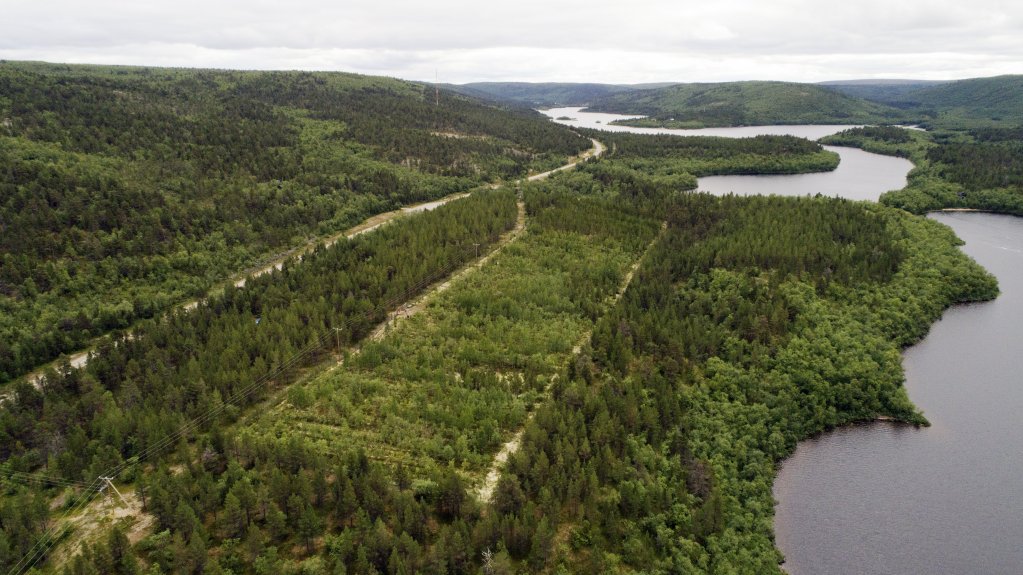The Sakari Alhopuro Foundation established a fund to support the Seili and Kevo research stations
The Seili and Kevo research stations of the University of Turku are known especially for their longitudinal environmental studies. The rapidly advancing climate change accentuates the role of these exceptionally long time series and the continuity of the underlying field research.Published in English: 6.5.2025
Text: Leena Hulsi / Viestintätoimisto Jokiranta Oy
In March 2025, the Sakari Alhopuro Foundation made a decision to establish a fund to support the activities of the University of Turku at the Archipelago Research Institute, located on the island of Seili within the Archipelago Sea, and the Kevo Subarctic Research Institute located by lake Kevojärvi in Utsjoki, Lapland. The fund is intended to support research carried out in Seili and Kevo, but it is also a tribute to honour Sakari Alhopuro, PhD, MD, on the occasion of his 80th anniversary in spring 2025.
“The research conducted at the research institutions in Seili and Kevo is extremely valuable and of particular interest for Sakari Alhopuro, the founder of the Foundation carrying his name. Through this fund we wish to honour his dedicated and systematic work for the promotion of natural sciences and environmental research”, explains Professor Pentti Huovinen, Chair of the Board of the Sakari Alhopuro Foundation.
One of the aims of the Sakari Alhopuro Foundation is to advance and support multidisciplinary environmental research, the study of natural biodiversity as well as environmental protection. According to Huovinen, the newly established fund will support these aims excellently.
“Moreover, study periods at the field stations encourage talented young students to pursue a career in research, which is also in line with the purpose of the Foundation”, Huovinen adds.
Unique time series
Director of Archipelago Research Institute, PhD Jari Hänninen appreciates the support provided by the Sakari Alhopuro Foundation and its ability to understand the multifaceted role of the field research station.
“The Seili research station produces researched information about the maritime environment, develops new methods and arranges field courses for students to inspire them to step into a research career, as was the case for many of our current employees”, Hänninen explains.
The Archipelago Research Institute is known, in particular, for its longitudinal time series monitoring the state of the maritime environment. The Research Council of Finland has classified these time series as part of the national research infrastructure.
“For already 60 years, researchers in Seili have monitored the state of the Archipelago Sea by conducting measurements that are repeated at 10-day intervals, always at the same location and with the same methods. We keep track of the seawater temperature, salinity, zooplankton composition, nutrient concentrations and other indicators of the state of sea. We produce information for the use of various organisations, such as the Finnish Environment Institute (SYKE)”, Hänninen describes.
The analyses and statistical modelling of the Seili time-series data help scientists to understand the role of the Baltic Sea as part of the global water circulation.
“For the time being, we also have several research projects in progress concerning micro and nanoplastics. The fact that plastics end up in seawaters is not only a problem for the seas and oceans, since nanoplastics are known to be transmitted through drinking water and foods to human bodies, they have even been found in human brains.”
Researchers in Seili have successfully developed a method to separate nanoplastics from the seawater and bottom sediment. Further research concerning the environmental effects of micro and nanoplastics is needed, which makes it a focal area of research in Seili.

“Turku Archipelago is the largest archipelago in the world, comprised of 41,000 named islands and some 20,000 unnamed islands or islets”, says PhD Jari Hänninen. Photo: Jaakko Ruola.
Experimental research
For decades, the field research station in Kevo has been involved in diverse longitudinal studies to monitor the natural environment up north. The phenological monitoring of plants yields valuable information about, for example, the annual variation in the timing of the bloom season and autumn colours, as it affects the survival and reproduction of species.
“We have long time series regarding the population variation of many animal species as well. Longitudinal monitoring reveals changes in nature that may be associated with climate change or human activities. The changes indicate correlation but not necessarily causal relationships. For the investigation of causes and consequences, experimental research is also required”, explains Professor Kari Saikkonen.
As an example, Saikkonen mentions the long series of timber-line tree experiments conducted in Kevo, which are associated with arctic and climate change research.
“We have grown ‘half-sibling’ trees, that is, trees that have one half of their genetic background in common, and planted them in three different environments. Along with global warming, the trees are spreading further north, and by exploring these half-sibling trees, we have made surprising findings about matters related to their survival, growth and proliferation.”
The research in Kevo is particularly topical right now since global warming is proceeding at the fastest rate in the polar areas: the arctic zone is warming up to 2–4 times faster than the global average.
“In addition to the issues related to the growth of forests, it is vital to understand that, as a result of climate change, the currently fertile soil in, for example, the Mediterranean region will not continue to be so productive in the future. Food production systems will move further north, and thus, more research related to plant breeding is necessary in order to safeguard food production.”
“Our research results can be generalised circumpolarily. Thus, the research carried out in Kevo will also be of benefit to Siberia, Greenland, Canada and Alaska when the global responsibility for forestry and agriculture is assumed by these areas”, says Saikkonen.

“We have presented a new theory concerning the role of light on natural biodiversity. It appears that the extreme light conditions of the polar regions create a zone around the polar regions that fosters the cross-pollination of organisms”, Professor Kari Saikkonen explains. Photo: Kari Saikkonen's archive.
Natural environments cannot be moved
Hänninen and Saikkonen are grateful for the funding granted by the Sakari Alhopuro Foundation to support the activities of the research institutes. In their opinion, the existence of field stations is crucial for both research and teaching.
“It is not possible to truly explore the sea if you stay in your office in town, or at least, it is difficult for plenty of reasons. Classroom teaching does not compare to learning about the research methods in real circumstances and natural environments”, Hänninen points out.
Professor Saikkonen agrees, and also stresses the importance of field stations in terms of multidisciplinarity.
“Field stations are places for scientific cross-pollination. Individuals work at the stations for a period of one week to five months, and spend even their leisure time together. In such circumstances, new ideas and synergies are often created among researchers who otherwise approach the topic of research from slightly different angles and using different methods.”
“The topic of our research is nature and that’s where we need to go because natural environments cannot be moved”, Saikkonen concludes.
For more information about the activities of the research stations:
Donate to research
You can give your support for the research work carried out at the field stations by donating the sum of your choice to the Seili and Kevo Fund of the Sakari Alhopuro Foundation.
Account number:
Nordea FI77 1725 3000 0174 97
Fundraising permit issued by the National Police Board
Permit holder: Sakari Alhopuron säätiö sr (Sakari Alhopuro Foundation)
Permit number and date of issuance: RA/2020/532, 11 May 2020
